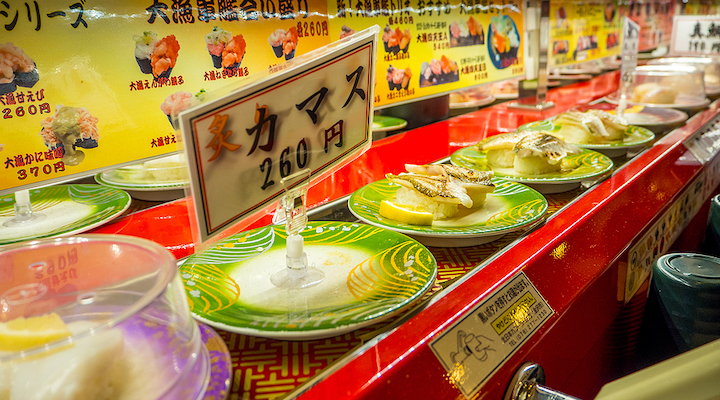Japanese sushi-train restaurant chains – locally referred to as kaitenzushi – are refocusing on overseas markets as domestic demand falls.
According to Global Data, sushi chains in Japan have been hurt by decreasing domestic economy, which has been caused by rising costs and lacklustre consumer spending. In addition, a weakening Japanese currency and rising ingredient costs had a substantial impact on their operations since they mostly relied on imported seafood.
Global Data said most sushi chains have been obliged to boost menu prices or risk losing money and because of growing living costs, Japanese consumers are reducing their discretionary spending.
“Facing fierce competition and razor-thin profit margins in the home market, sushi chains are exploring international expansion as part of their growth strategy,” said Suneera Joseph, consumer analyst at GlobalData.
“The expansion plans are also being driven by the revival of consumer footfall at food service outlets after the lifting of Covid-19 restrictions.”
Sushiro and Kura Sushi, two big sushi chains, are also planning to expand their overseas presence to compensate for the slowdown in domestic business, Joseph said. The sushi restaurants intend to open new locations in the US, China, and other Asian regions.
Sushiro expects to open some 60 new foreign locations by September, compared to 20 planned in the domestic market. Similarly, Kura Sushi’s ambitions are to open 400 foreign locations by 2030, with its first location in China opening this year.
Further reading: GlobalData predicts Asia’s duty-free market will recover by 2023






